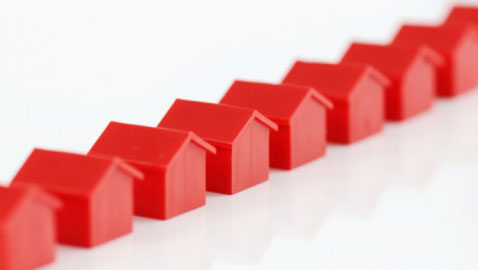
UK house prices rose by 0.3% in January, the Nationwide Building Society has reported.
However, annual house price growth slowed to 6.8% in January from 7.2% in December, while annual house price growth slowed for the fifth month in a row.
After taking account of seasonal factors, UK house prices are currently 2.4% above their pre- crisis peak.
“The further moderation in the pace of price growth is unsurprising, given the slowdown in housing market activity in recent months,” said Robert Gardner, Nationwide’s chief economist.
“The number of mortgages approved for house purchase has been around 20% below the level prevailing at the start of 2014 and surveyors continue to report subdued levels of new buyer enquiries.
“The reasons for the slowdown in activity remain unclear. Unemployment has continued to decline and wage growth has started to outstrip increases in the cost of living for the first time since the financial crisis. Surveys suggest that consumer confidence remains elevated – a view corroborated by healthy gains in retail sales over recent months.
“Although house price growth continues to outpace income growth by a significant margin, affordability does not appear stretched at a national level. The cost of servicing a typical mortgage remains close to the long run average as a share of take home pay, in part thanks to the ultra-low level of mortgage rates.

“Supply side developments are crucial in determining the pace of price growth. Surveyors continue to report a dearth of new homes coming on to the market, which may help to explain why house price growth has remained fairly robust, despite a more noticeable decline in housing demand since the summer.
“If the economic backdrop continues to improve as we and most forecasters expect, activity in the housing market is likely to regain momentum in the months ahead. It is encouraging that the number of new homes built in England was up 8% in the year to Q3 2014. However, this is still 34% below pre-crisis levels and little over half the expected rate of household formation in the years ahead.”